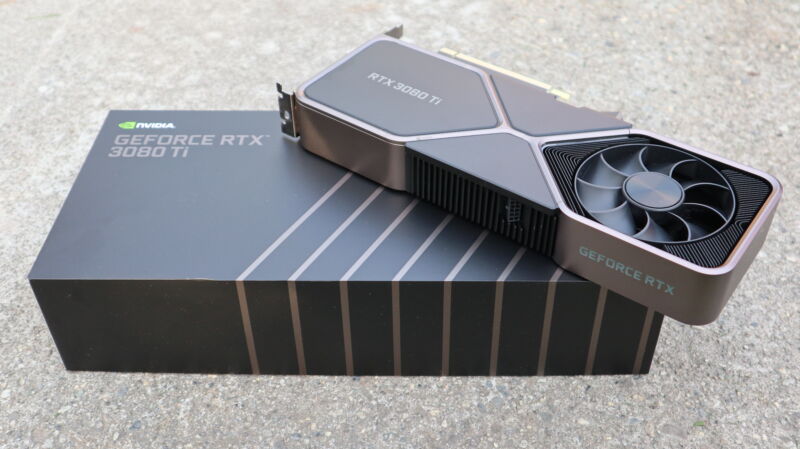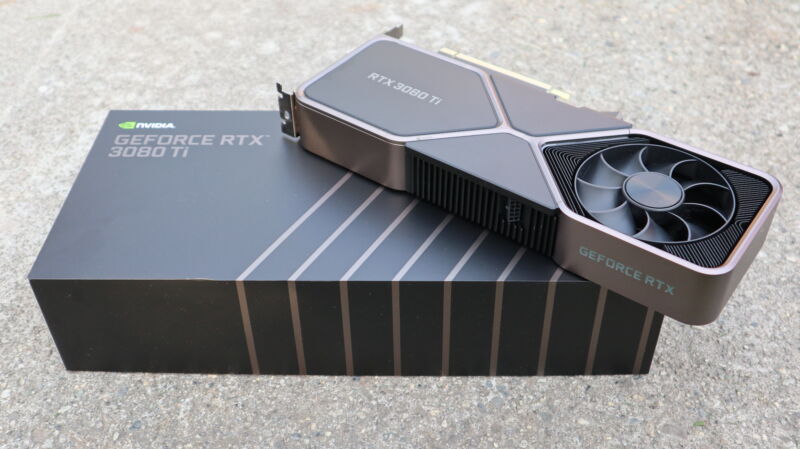
Enlarge / Ukrainian soldiers sit on an armored military vehicle in Sievierodonetsk on April 7, 2022, amid Russia’s invasion of Ukraine. (credit: Getty Images | Fadel Senna)
Facebook today reported an increase in attacks on accounts run by Ukraine military personnel. In some cases, attackers took over accounts and posted “videos calling on the Army to surrender,” but Facebook said it blocked sharing of the videos.
Specifically, Facebook owner Meta’s Q1 2022 Adversarial Threat Report said it has “seen a further spike in compromise attempts aimed at members of the Ukrainian military by Ghostwriter,” a hacking campaign that “typically targets people through email compromise and then uses that to gain access to their social media accounts across the Internet.” Ghostwriter has been linked to the Belarusian government.
“Since our last public update [on February 27], this group has attempted to hack into the Facebook accounts of dozens of Ukrainian military personnel,” Meta wrote today. Ghostwriter successfully hacked into the accounts in “a handful of cases” in which “they posted videos calling on the Army to surrender as if these posts were coming from the legitimate account owners. We blocked these videos from being shared.”


















